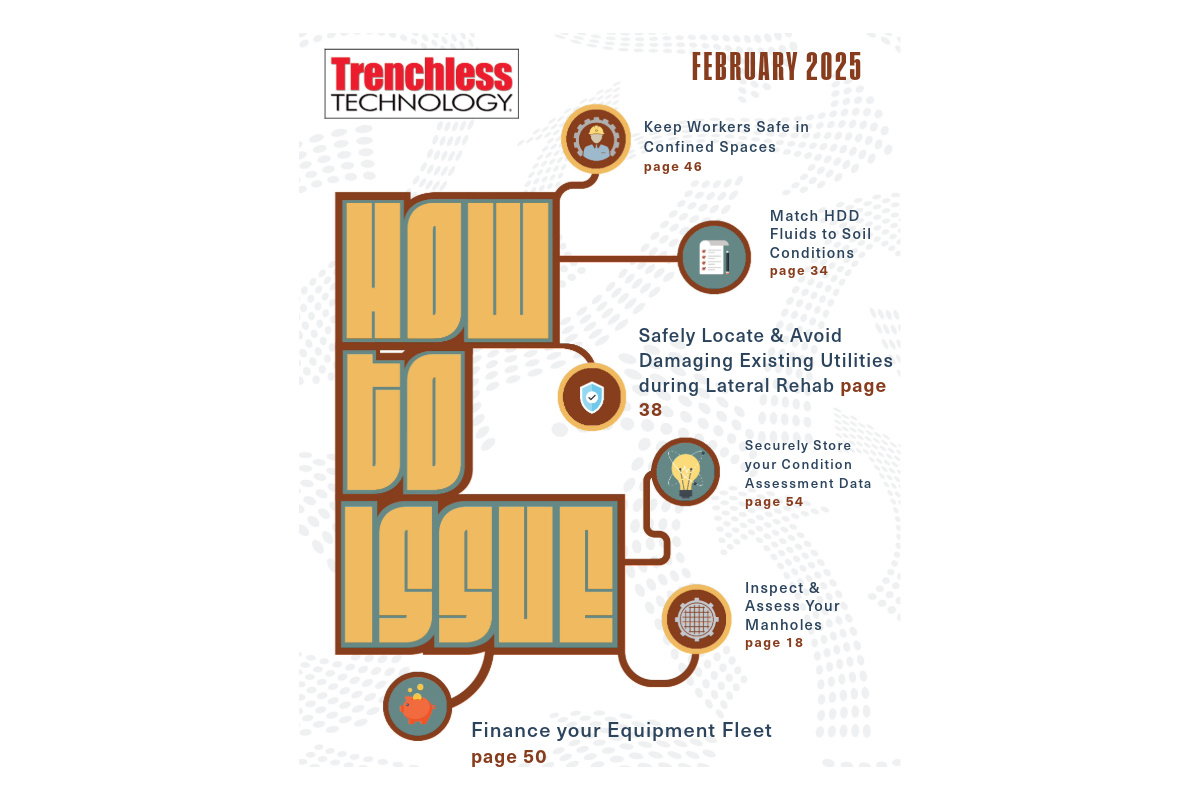UA Engineering Professor Uses Aerospace Materials to Build Endless Pipeline
September 6, 2012
Mo Ehsani, professor emeritus of civil engineering at the University of Arizona, has designed a new, lightweight underground pipe he says could transform the pipeline construction industry.Instead of conventional concrete or steel, Ehsani’s new pipe consists of a central layer of lightweight plastic honeycomb, similar to that used in the aerospace industry, sandwiched between layers of resin-saturated carbon fiber fabric.
In combination, these materials are as strong, or stronger, than conventional steel and concrete pipes, which are time-consuming and expensive to manufacture and transport.
Concrete and steel pipes are built in short sections to fit on standard 18-wheel trucks, but Ehsani’s new pipe can be built onsite as a single section of virtually infinite length, hence the product name InfinitPipe.
The heavy industrial manufacturing processes, long-distance trucking and leak-prone joints used in steel and concrete pipe construction exact a heavy toll on the environment, not to mention bottom line, which is why Ehsani’s company, QuakeWrap, is marketing InfinitPipe as the world’s first “green” pipe.
A literally infinite pipe is, of course, not feasible, but Ehsani’s method of manufacturing could create extremely long sections of joint-free pipe. “We could make a section a mile long,” he said. “Of course, every thousand feet or so, you’d need an expansion joint so the pipe can breathe, but this would certainly not be the same concern we have today, where we have to put a joint every 20 ft.”
The secret of producing virtually endless pipe sections lies in the manufacturing methodology. Ehsani wraps the various layers of carbon fabric and honeycomb around a mandrel. “We basically start with a tube and wrap the materials on the outside,” Ehsani said. “A couple of layers of carbon fabric, then we put on the honeycomb and then a couple of layers of carbon or glass fiber on the outside. This becomes the pipe.”
After testing this manufacturing method, Ehsani had a “eureka” moment when he realized that the finished pipe could be partially slid off the mandrel, and more pipe could be added to the section of pipe remaining on the mandrel. “I thought, Why don’t we just slip this off of the mandrel and continue making this pipe?” Ehsani said.
Closer to home, Ehsani cites the recently awarded $10.7 million contract to build the first four miles of pipe for the billion dollar Navajo-Gallup water supply project, which involves building a 280-mile pipeline to supply water to more than 40 Navajo communities in New Mexico and Arizona.
Ehsani said he didn’t really set out to turn pipeline construction on its head, but the project took on a life of its own. “We developed this originally with the intention of fixing existing pipes,” he said. “Then as we started getting into this thing I realized it could be a real game-changing breakthrough technology.”
The breakthrough did not happen overnight. In the late 1980s, Ehsani and Hamid Saadatmanesh, both of the UA department of civil engineering and engineering mechanics, pioneered research into repairing and retrofitting bridges and buildings using fiber-reinforced polymers, so the technology is well established.
“There’s a lot of history on these materials,” Ehsani said, which has enabled him to refine the pipe manufacturing process to use smaller amounts of better quality materials. “Because we’re using our materials in a smart manner, we can afford to use the higher end material,” Ehsani said. “So instead of cheaper glass fabric, we use carbon. Instead of polyester resin, we use epoxy. Because we don’t have a solid core, we can afford to put the expensive material on the skin.”
If Ehsani’s concept for mobile pipe manufacture using lightweight components takes off, he envisions an industry freed from the shackles of heavy industrial plant. “As a business model, a company that wants to get into pipeline manufacturing with one of these mobile trucks could have a factory anywhere in the world,” he said. “You could be doing a job in Hawaii today and next week be working in Panama. You’re no longer limited by where your factory is.”



